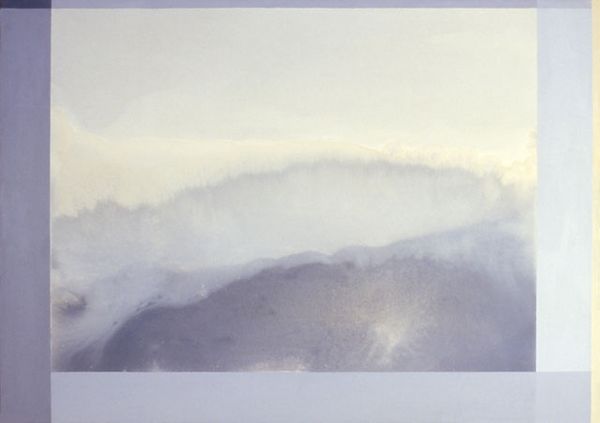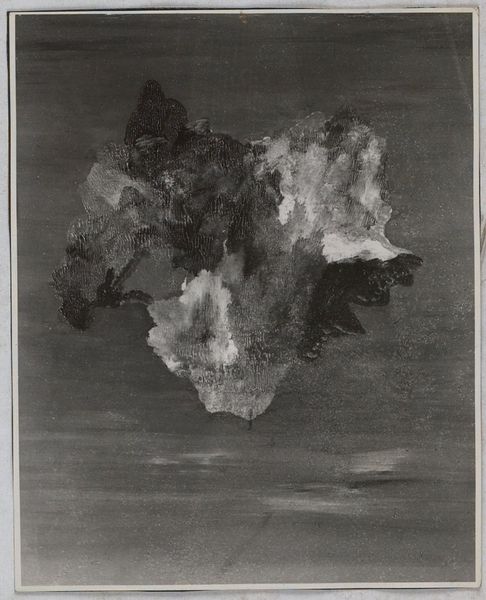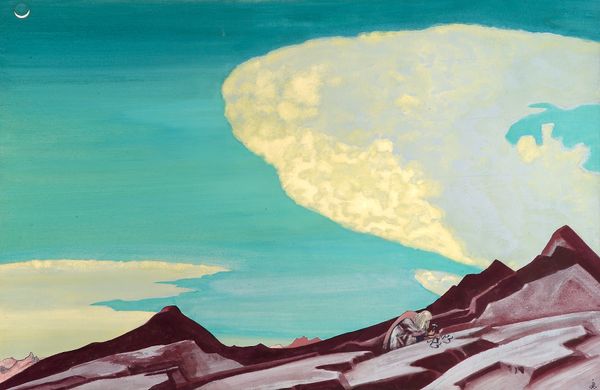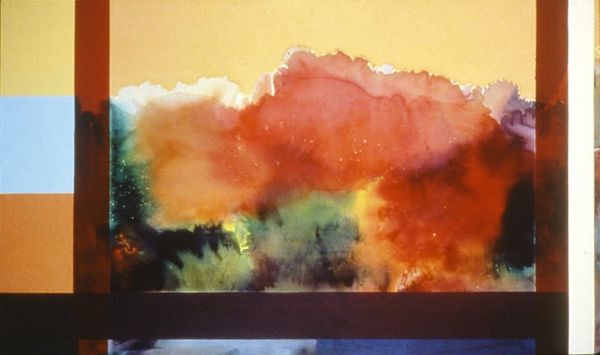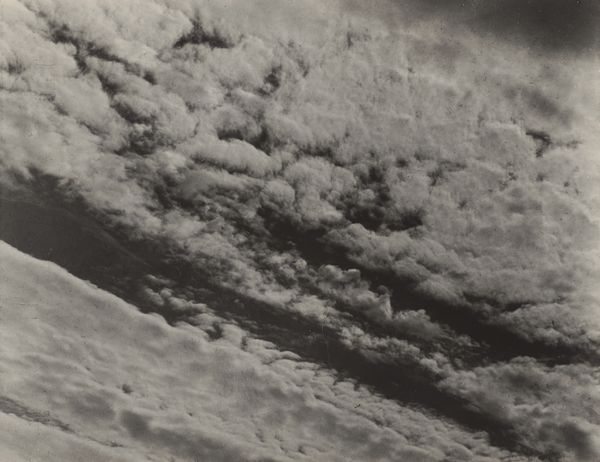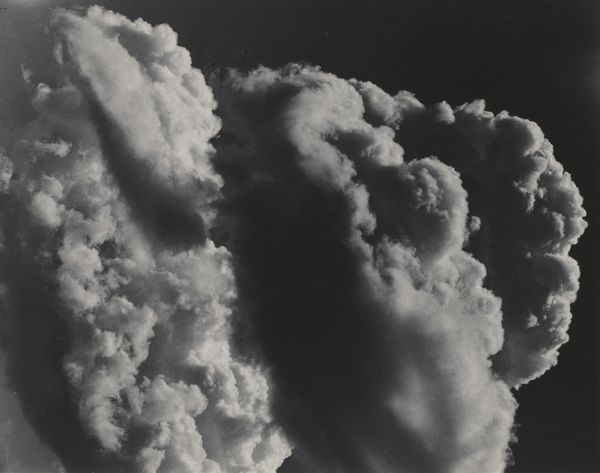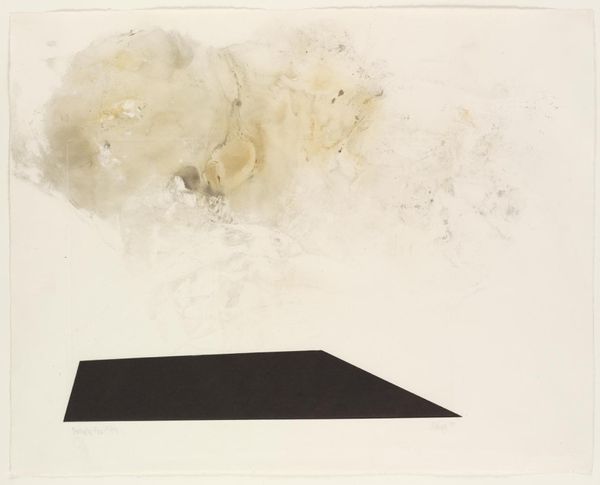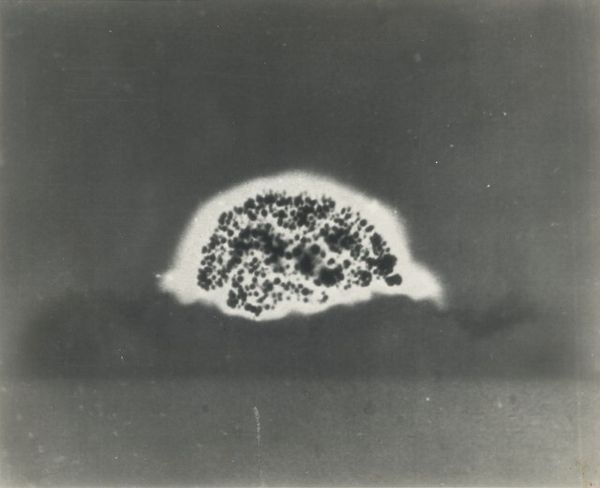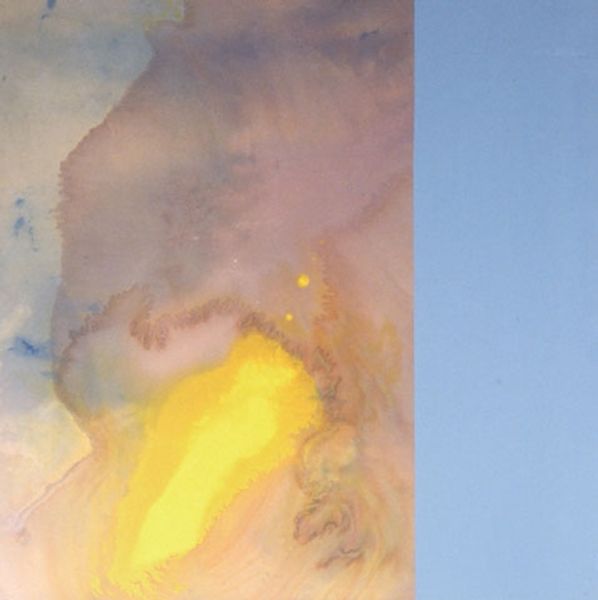
painting, watercolor
#
water colours
#
painting
#
landscape
#
charcoal drawing
#
watercolor
#
abstraction
#
modernism
#
watercolor
Copyright: Ronnie Landfield,Fair Use
Curator: Standing before us is "In The Divine" by Ronnie Landfield, created in 1986. It is an evocative example of Landfield's abstract landscape style, rendered in watercolor and charcoal drawing. Editor: It's ethereal. Almost like a faded memory or a dreamscape, wouldn't you agree? The light is incredible, although the overall tone feels melancholic. Curator: Landfield was deeply invested in exploring color and process. Consider the materials here, the humble watercolor, elevated. This piece invites us to reflect on the artistic labour involved. How many washes, the precise control of dilution, all to produce something that appears so… effortless. Editor: And effortless within a specific historical context. Modernism was beginning to embrace and reassess these less traditionally “precious” media. Landfield contributed to shifting what was deemed gallery-worthy, moving past traditional oil on canvas and championing watercolor's expressive capabilities on a large scale. This piece also hints at the art world’s evolving acceptance of abstraction in landscape. Curator: Exactly, the layering of washes and charcoal introduces a unique materiality. Do you notice the bleeding effect where the colours mingle and interact? This speaks to a controlled but still intuitive process. You can practically see Landfield’s hand and actions upon the page. This materiality acts as a bridge between traditional landscape and contemporary abstraction. Editor: This also reminds me of how Landfield was displayed in the 80’s: SoHo galleries, alternative spaces – he carved his path. Seeing such works pushed the traditional boundaries upheld by major institutions back then. In essence, pieces like these prompted galleries to reconsider the socio-political influences impacting artistic visibility. Curator: I find myself lingering on the way the watercolors have been used. It showcases how process itself, along with the material interactions, creates the feeling. Editor: Absolutely. Landfield challenges the viewer to reconsider assumptions about fine art’s value by drawing attention to often under-acknowledged processes. Curator: Overall, looking at the production in terms of its historic artistic impact brings me deeper into considering what artistic success can be, regardless of material. Editor: A worthwhile moment indeed. Let us continue to the next masterpiece.
Comments
No comments
Be the first to comment and join the conversation on the ultimate creative platform.

